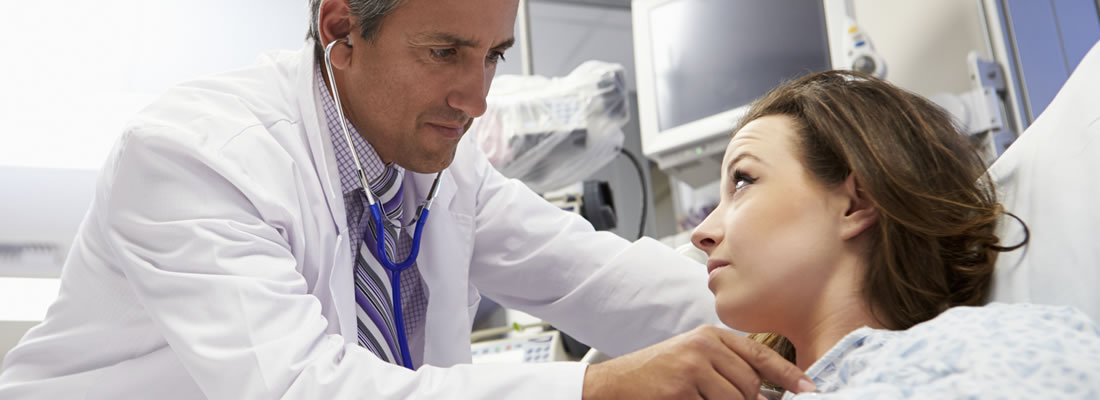How is bladder pain syndrome / interstitial cystitis diagnosed?
First Visit
According to the 2022 American Urology Association Guidelines for IC/BPS, your physician should:
A. Review Your History – Including any history of any trauma, pelvic surgeries, pregnancies, accidents, history of sports, etc. They’ll want to know if you have other painful conditions such as: irritable bowel, migraines, fibromyalgia, endometriosis, etc. They may also ask if anyone else in your family struggles with IC like symptoms.
B. Baseline Symptoms – The number of voids per day, sensation of constant urge to void, and the location, character, and severity of pain, pressure, or discomfort should be documented.
C. Perform A Careful Examination – To look for signs of other conditions (endometriosis, vaginitis, prostatitis and/or other conditions) which could cause and/or mimic the symptoms of IC. The pelvic floor muscles should be gently touched to look for tenderness and/or painful trigger points. A brief neurological exam should be performed to rule out potential neurologic problems and an evaluation for incomplete bladder emptying to rule out occult retention should be done on all patients.
D. Request Simple Lab Testing – A urine sample should be sent to a laboratory for testing to rule out infections. Women may also be screened for vaginitis and men for prostatitis. STD’s may also be screened for. Patients with blood in their urine and/or a history of smoking should be screened for bladder cancer using a urine cytology test.
Interstitial cystitis is the presumed diagnosis in patients who struggle with urinary symptoms (pain, frequency, urgency) for six weeks or longer and who have negative laboratory results for infection.
The American Urology Association does NOT recommend additional invasive testing UNLESS the diagnosis is in doubt.(1) The PUF Questionnaire is used in many clinics around the world and is particularly effective in discriminating between bladder vs. reproductive tract patient. (2,3)
Complicated Cases
If you have visible blood in your urine and/or the physician isn’t quite sure about your diagnosis, they may request some additional tests, including:
Cystoscopy
A minor procedure performed in a doctors office, a simple cystoscopy allows the physician to look at the bladder to rule out other conditions that can mimic IC symptoms, such as bladder cancer or stones. Most IC patients, even those with more severe symptoms, have a normal cystoscopy.
Urodynamics
This office test does not identify IC but may help your doctor see how your bladder, urethra and sphincter muscles are working.
Cystoscopy With Hydrodistention
This more invasive and painful test should be performed under anesthesia, as an outpatient procedure at a local hospital. During this test, the bladder is filled with liquid and gently stretched so that the clinician can closely examine the bladder, perform a biopsy if needed, identify and treat potential Hunner’s lesions.
The American Urology Association recommends that low pressure, short duration procedures be performed to minimize trauma to the bladder wall. (1) If you have this test done, don’t forget to ask the physician to take pictures and/or video for your medical records.
If Hunner’s lesions are identified during the hydrodistention and cystoscopy, a diagnosis of IC is confirmed. Glomerulations are suggestive of, but not specific to, a diagnosis of IC because they can occur in other bladder conditions as well.
Don’t Be Shy About Your IC & Bladder Symptoms
The more specific you can be when describing your symptoms the better. Avoid vague, non specific words like “it hurts down there” that will consume time that you may not have in a doctors appointment. If you find yourself struggling, consider the following words and use those that apply to you:
Location:
bladder, bowel, urethra, rectum, vulva, vagina, penis, testicles, scrotum, lower back, upper back, legs, hips
Symptoms:
frequency, urgency, pressure, pain, difficulty starting urination, constipation, spasms,
What does it feel like:
Burning, aching, razor blades, ground glass, tightness, an electrical shock sensation, something falling or dropping out of you, something being pushed inside of you, stiffness
How often does it occur:
Is it episodic or continuous?? Does it occur every night?? Every morning? Is it worse before meals or after meals? Does it happen before your menstrual period?
Are your symptoms positional?
Does it occur when you’re sitting, standing or walking? Does movement make it better or worse?
Does it involve urination or defecation??
If so, how? Is the pain worse before you urinate, while you are urinating or after you are done urinating? Does the pain change when you have a bowel movement?
Saying “I’m in pain down there” is not going to get you very far. But, if you say, “my bladder hurts before I pee and I feel a bit better after I pee”, that’s much more helpful and suggestive of bladder wall irritation. If you say “My pain is the worst at the end of urination and it’s so bad that I hate going to the bathroom”.. then that’s suggestive of perhaps some bladder or pelvic floor spasms.
Remember, there’s no shame in having IC or any other medical condition. Most doctors talk about urinating, bowel movements, hemorrhoids and many more embarrassing conditions every day. Don’t allow yourself to suffer! Just go for it.
References
- Clemens Q, et al. Diagnosis and treatment of IC/BPS. J Urol. 2022;185(6):2162-2170
- Parsons CL, et al. Prevalence of interstitial cystitis in young women. Urology. 2004 Nov;64(5):866-870
- Rosenberg MT, et al. Prevalence of interstitial cystitis in a primary care setting. Urology 2007 Apr;69(4 Suppl);48
- Nordling, et al. Bladder Pain Syndrome: A Guide For Clinicians. Springer Publishing 2013. 196-197

